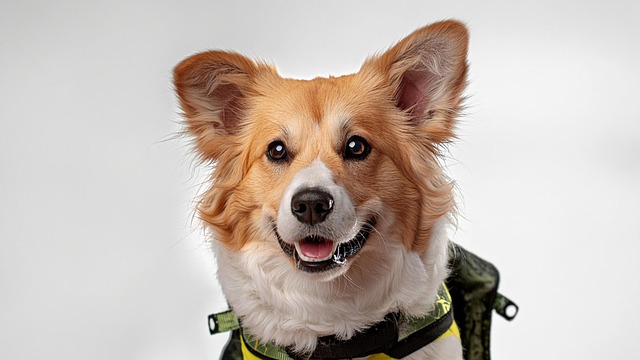
What vitamin is good for dogs' skin
Seeing your dog constantly scratch or noticing dry, flaky skin can make you wonder if a simple vitamin might be the solution.
That hopeful stare your pup gives you while you’re enjoying a cone at a Los Angeles beach stand? It’s tough to resist—but human ice cream is a minefield of risks. Dairy causes upset stomachs in lactose-intolerant dogs (over 40% struggle to digest it), while sugar spikes obesity rates. Worse, common ingredients like chocolate, macadamia nuts, or xylitol (in sugar-free brands) are toxic to dogs, potentially causing seizures or liver failure. Even “plain” vanilla often contains artificial sweeteners. So, what can you safely share?
True dog-friendly ice cream avoids these pitfalls. Look for commercial brands like “Frosty Paws” or “Pooch Creamery”—sold at PetSmart and Chewy—that use lactose-free bases, minimal sugar, and zero xylitol. Better yet, whip up homemade frozen dog treats: blend plain Greek yogurt, ripe bananas, and peanut butter (xylitol-free!), then freeze in silicone molds. For protein-packed options, freeze bone broth into cubes. Always test new treats gradually: offer a tablespoon-sized portion and watch for vomiting or diarrhea over 24 hours.
Apartment dwellers, take note: Dairy disasters mean midnight accidents on shared hallway carpets—a fast track to neighbor complaints or lease violations. Stick to easily digestible options like frozen pureed pumpkin or blueberries. Training matters too: Use positive reinforcement techniques to teach “leave it” when human ice cream drops on sidewalks during Chicago park outings. Reward ignoring temptations with a safe frozen bite—never scold, which increases food anxiety and clashes with modern animal welfare ethics.

Community etiquette is non-negotiable. That melted puddle of pup-approved treat on a San Diego boardwalk? You must clean it—most US cities classify it as “animal waste” under health codes (fines up to $500!). Always carry extra compostable bags. Leash control prevents sugar-fueled zoomies: A dog bolting toward kids at a Portland food truck festival risks injury and violates ordinances. For small-space living, freeze treats in slow-lick mats to minimize hyperactivity that disturbs neighbors.
Remember, commercial dog ice cream isn’t a free pass. Check labels for calorie counts—obesity strains joints, especially in dachshunds or pugs common in condos. Consult your vet before introducing new foods, particularly for dogs with kidney issues or diabetes. Skip the artisanal shop’s “pup cup” unless you confirm ingredients; many contain hidden sugars.
Ultimately, safe indulgence is simple: Stick to vet-recommended brands or DIY recipes using dog-safe ingredients. Your pup gets a cool reward, you avoid ER trips, and summer strolls stay stress-free—no bellyaches or legal headaches.

Seeing your dog constantly scratch or noticing dry, flaky skin can make you wonder if a simple vitamin might be the solution.

If you’re a new dog parent in the US—maybe you’re sitting on your Portland apartment couch, staring at your 1-year-old Australian Shepherd

If you’re a new dog parent in the US—maybe you’re sitting on your Atlanta apartment floor, holding your 6-week-old Beagle puppy, Daisy, who’s curled up in your lap

If you’re a new dog parent in the US—maybe you’re standing in your Denver apartment’s kitchen, staring at a bag of high-quality puppy kibble and a bottle

Seeing your puppy grow daily is amazing, and it’s natural to want to give them every advantage, including supplements.

Brown stains on white dog fur aren’t just unsightly—they can also hint at underlying issues like tear duct irritation or poor grooming habits, which matter even more when you’re following local pet care laws.